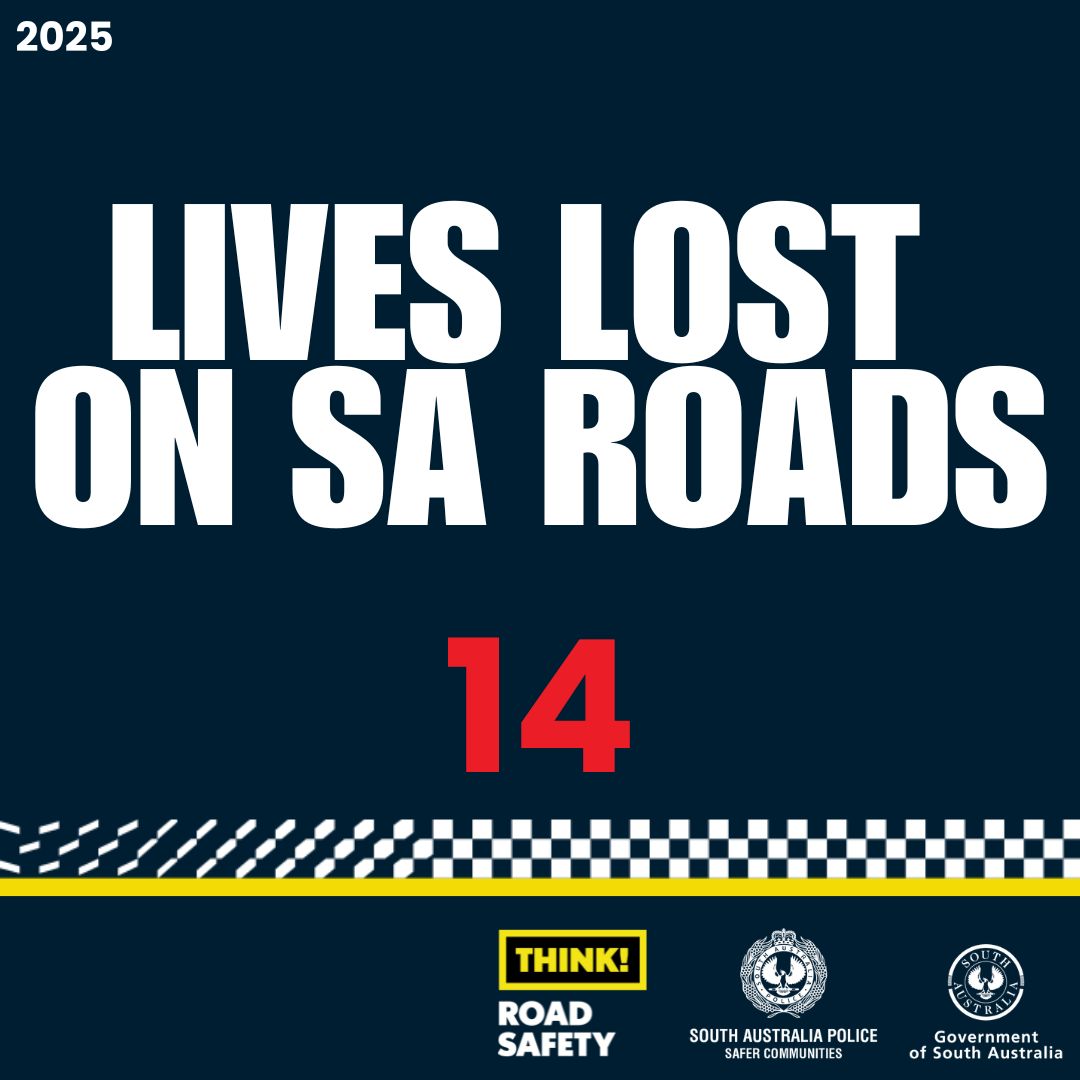Latest research from Flinders University has identified that the term ‘bullying’ – used to define a range of behaviours – is potentially jeopardising successful and necessary prevention of harmful behaviour at school.
Dr Grace Skrzypiec, from the College of Education, Psychology and Social Work explains that bullying is a broad term open to widely varying interpretations and this is leading to cases that can be missed or under-reported – especially by children.
The study examined more than 800 students aged 11-16 years on their perceptions of being bullied and how those perceptions aligned with having been technically bullied to assess the prevalence of bullying and identify victims in need of support.
Based on the use of the technical criteria, the study found that the assessments between researchers and students who had been bullied differed to a significant extent.

“The technical definition for a student being bullied is when another student, or a group of students, say or do nasty and unpleasant things to him or her. It is also bullying when a student is teased repeatedly in a way he or she does not like or when he or she is deliberately left out of things.
“It is not bullying when two students of about the same age, strength or power argue or fight and it is also not bullying when a student is teased in a friendly and playful way.
“But what we term ‘technical bullying’ usually involves a degree of peer aggression, and it is this aspect which needs a finer definition to better recognise, monitor and prevent its occurrence,” she says.
Through discussions around bullying and the context it occurs in, the results found that young people view the phenomenon very differently to the prevailing themes that usually occur in research and policy in Australia.
“Alarmingly we found that almost half of participants did not recognise where ‘technical bullying’ had taken place. This ambiguity around the perception of bullying raises concerns, especially for students who report significant levels of harm but who do not perceive that they had been bullied,” says Dr Skrzypiec.
“These findings demonstrate the need to give further attention to the shared definition of bullying especially for those in schools and homes who face the consequences of this form of peer aggression.
“Bullying could be a normative experience for these children in the sense that they normalise negative and harmful behaviours. These children may even adopt cognitive distortions, or they could blame themselves for the bullying they are subjected to and are not likely to be seeking help,” she says.
“The concern is that young people continue to be bullied so we need to rethink how we identify this behaviour. Until this happens, research to prevent it cannot advance.
“A new approach based on research evidence would be to abandon the strong focus on the term ‘bullying’ and instead concentrate on identifying and therefore reducing harmful acts of aggression between peers,” she adds.
The paper – ‘The Confounding and Problematic Nexus of Defined and Perceived Bullying’ by Dr Grace Skrzypiec- is published in Children and Youth Services Review Journal.
DOI:








